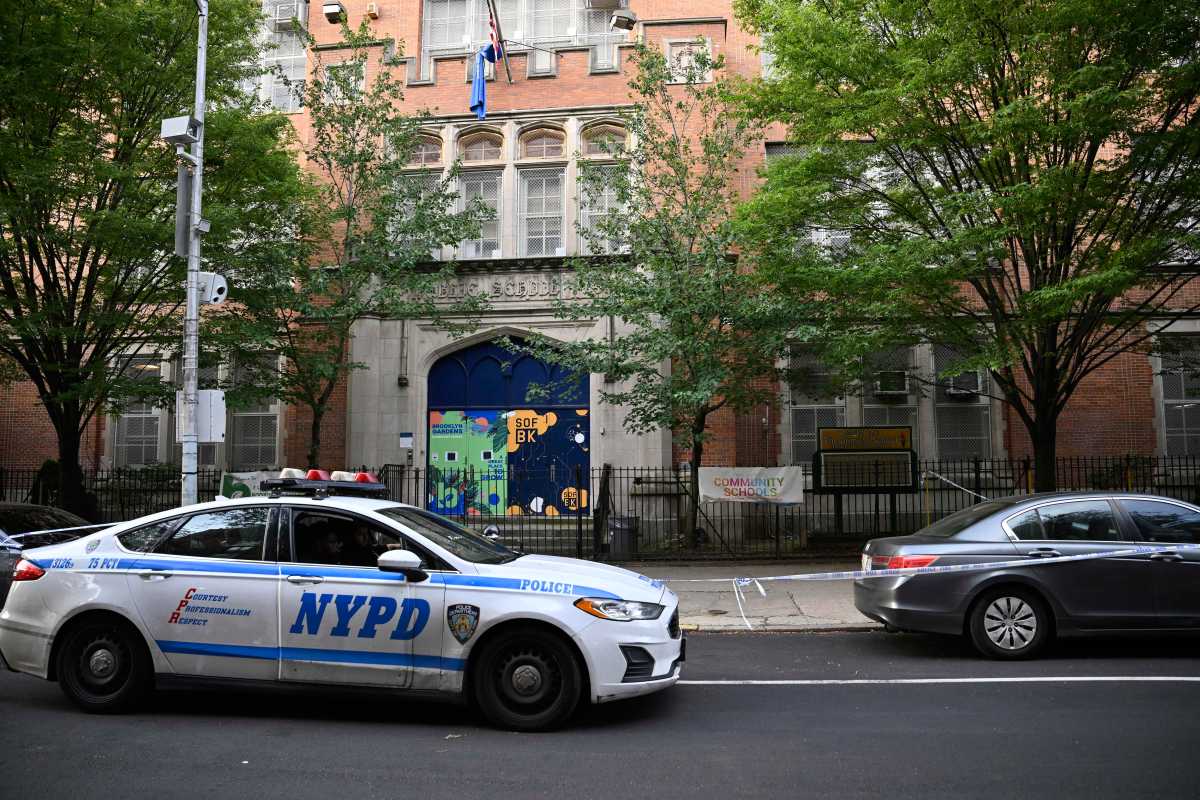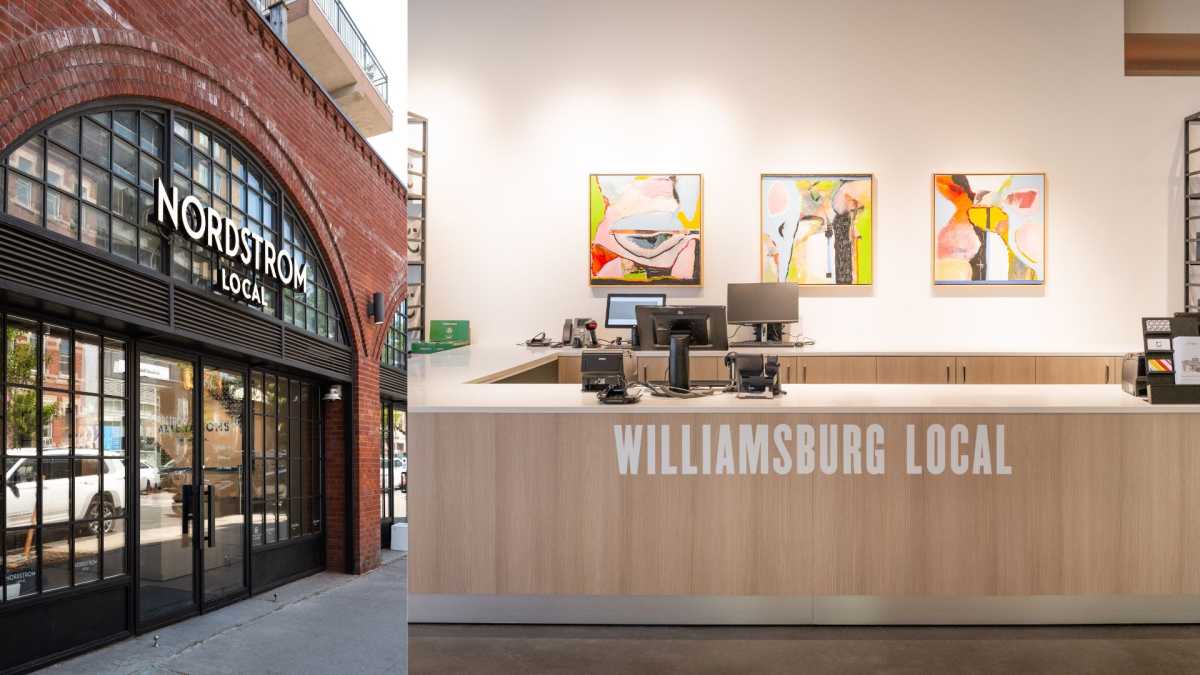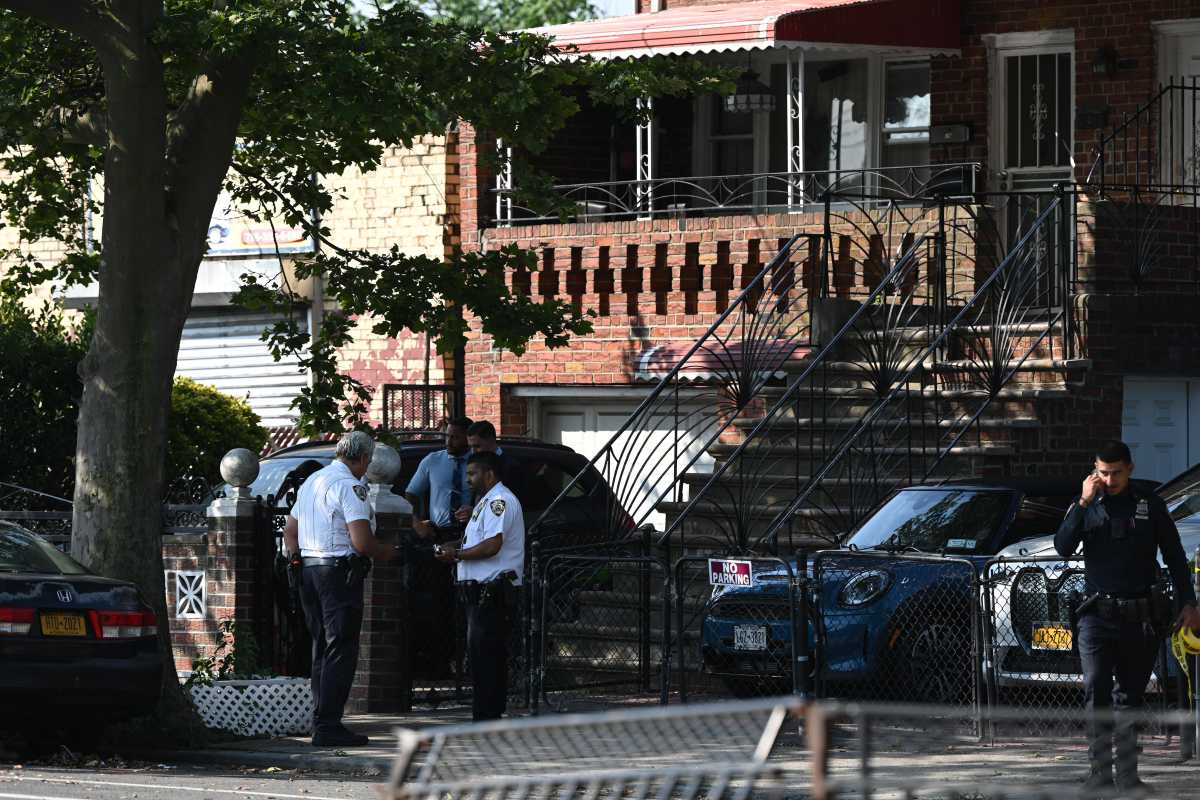Hundreds of housing advocates and members of community groups stormed City Hall this week to protest state housing regulations that may not be doing enough to prevent landlords from demolish rent-stabilized buildings that could be sufficiently repaired.
“We have to have better coordination between the DOB [Department of Buildings] and DHCR [Division of Housing and Community Renewal] in flagging those permits issued for demolitions,” Councilmember Diana Reyna said. “We need to strengthen the language [of the amendments] so the state can protect tenants and issue demolition permits when necessary.”
Brooklyn housing organizations as well as city and state elected officials gave testimony at a DHCR hearing in downtown Manhattan last week, urging the state agency to modify amendments regulating the demolition of buildings under rent stabilization code. Under the proposed regulations, owners can evict rent-stabilized tenants in order to completely gut all interior space in the building. Housing advocates have labeled this type of action a ‘phony demolition’ and have mobilized to prevent owners from vacating their tenants through this reconstitution.
“The owner may seek to perform a demolition for no other reason than to decontrol all of a building’s rent-stabilized units,” said Alison Cordero, deputy director for Community Preservation at the Williamsburg-based St. Nicholas NPC. “DHCR should rather change its proposed definition to require that the demolition serve a legitimate business purpose other than decontrol of the dwelling units, with the burden of proof on the owner to show another purpose.”
In Williamsburg and Greenpoint, which has many small rent-stabilized buildings often juxtaposed with new condo developments, Cordero has seen owners seeking to vacate rather than repair tenants in those buildings. She believes that it is possible to repair buildings, which landlords have pushed for demolition, such as the ones on 235 Driggs Avenue, 146 Guernsy Street. and 219 Manhattan Avenue, and 202 Franklin Street, which may be headed for a settlement in housing court to make the necessary renovations for reoccupancy.
In Fort Greene, the Pratt Area Community Council has been primarily concerned with preventing demolitions which they believe could occur as the prices for empty lots and townhouses continues to remain high.
“We haven’t seen people pushing for demolition but it’s a very scary prospect because of the rate that housing is being destabilized and taken out of affordability,” said Elana Shneyer, a tenant organizer with the Pratt Area Community Council.
Elected officials, such as Manhattan Assemblymember Jonathan Bing, believe that DHCR needs to further address the definition of demolitions, make significant adjustments to the stipend formula for relocating displaced tenants and settle issues surrounding the reinstatement of the right to a hearing before a DHCR-approved demolition application.
“The issue of phony demolitions is a problem across New York City,” Bing said in his testimony. “As rental prices increase, owners are utilizing loopholes in the law in order to deregulate apartments. If we want to preserve the right for legitimate demolitions we must be able to separate the good faith actors from the bad ones.”
It is difficult to determine what will happen in the future regarding demolitions because decisions are not in the hands of the City Council or the state legislature, and is instead a state regulatory process. Cordero believes that DHCR will not change existing regulations with the new amendments and instead may make additional changes based on the pressure they are receiving from state legislators and housing organizations.
Marty Needelman, an attorney with Brooklyn Legal Services, just wants the proposed amendments to be scrapped entirely.
“If adopted, it exacerbates a bad situation,” Needelman said. “Already landlords are trying to get existing tenants out for fictitious reasons and demolition gives landlords another tool to vacate their building. It’s a free pass to eliminate rent-stabilized housing and build market rate housing that is undermining the stability of neighborhoods.”
























